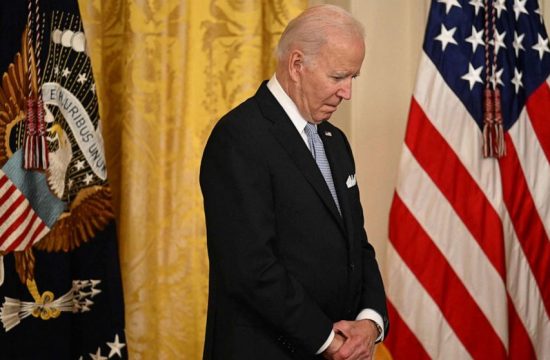Officials often attribute increases to awareness among troops about reporting.
7 min read
The Pentagon’s latest report on sexual assaults in the military showed a 3% increase in the number of sexual assaults reported last year with 6,236 reports in fiscal year 2019.
Pentagon officials will have to await the results of an anonymous survey next year that will show whether the increased numbers reflect an increase in crimes or additional reporting prompted by education efforts among service members.
The 6,236 reports of sexual assault were reported in fiscal year 2019, up from the 6,053 reports filed in fiscal year 2018. It reflects the trend in increased reports of sexual assault involving military service members over the last decade.
Pentagon officials often attribute the annual increases to better awareness among service members about the importance in reporting assaults so they can lead to prosecutions and care or the victim. As an under-reported crime, Pentagon officials want victims to step forward, the numbers reflect incidents involving service members which occurred during or prior to their military service.
This year’s report only provides a snapshot because the fuller picture comes from an anonymous prevalence survey that is carried out every two years and gives an indication as to whether the crime rate has gone up or down.
Last year the results of that survey disheartened Pentagon officials because it showed an increase to an estimated 20,500 sexual assaults a year from the close to 12,000 assaults in fiscal year 2016 that indicated progress was being made. For context, the first prevalence survey conducted in 2006 estimated 34,000 sexual assaults, so the numbers in recent years have gone down.
“We generally view more reporting of the crime, as a positive thing, because it helps us connect victims to services,” Dr. Nate Schaefer, the acting director of the DoD’s Sexual Assault Prevention and Response Office told reporters Thursday. “It also helps us and gives us a chance to hold offenders appropriately accountable.”
Schaefer said the slight increase in reports made him “cautiously optimistic” that efforts to educate service members are having an effect.
The Pentagon’s focus over the last year has been on educating young enlisted service members since the 2018 prevalence report showed most assaults targeted enlisted female service members who are 17-24 years old. There has been a major effort to educate young, non-commissioned officers about what they can do in their units to prevent behaviors that could lead to sexual assault.
Earlier this year the number of sexual assaults at the three military service academies spiked by 32% over last year with 149 reports of sexual assault involving a cadet or midshipman as a victim and/or subject during the 2019-2019 academic year. At the time, officials also cautioned that it was prudent to await the results of next year’s prevalence study to determine if the crime rate had actually increased.
“Our work to eliminate sexual assault reflects our ongoing commitment to advance a culture of trust, respect, and inclusion within the force.” said Dr. Elizabeth Van Winkle, executive director of the Office of Force Resiliency, said in a statement. “We are acutely aware of the high cost of not succeeding, not only for the readiness of our country’s defense, but for the individual Americans who step forward and volunteer to serve our Nation. We cannot, and will not, waver in our commitment to eliminate these behaviors from our force and ensure that all who serve are treated, and treat others, with dignity and respect.”
The Air Force led all four services in the number of sexual assaults with a 9% increase over the 2018 numbers, while the Army showed the lowest increase. The Marine Corps was the only service to show a decrease over the previous year’s reporting as the number of reports decreased by 6%.
Marine officials took a cautious approach in trying to explain the decrease and noted that victim choice is a big factor in whether a victim decides to step forward with a report. Of the 71% of the 1,149 sexual assaults in 2019 that occurred during military service, male victims made up 22% of all the reported sexual assaults.
“While the Marine Corps continues to eradicate these criminal behaviors from our ranks, provide victims with care, and hold offenders accountable, senior Marine leaders do not
necessarily equate lower reports of sexual assault with lower instances of this offense,” said Maj. Craig Thomas, a spokesman for the Marine Corps’ Manpower & Reserve Affairs.
“Knowing that sexual assault is traditionally an underreported crime and the 2018 annual report showed an increase in prevalence, the Marine Corps remains committed to improving its prevention methods and continuing to foster a climate and culture of dignity, respect, and trust,” said Thomas. “Marines are being provided knowledge, skills, and tools to take action and prevent destructive and inappropriate behaviors that can lead to sexual assault. Bottom line, Marines have a fundamental right to live and work in a healthy environment free from sexual assault and harassment.











